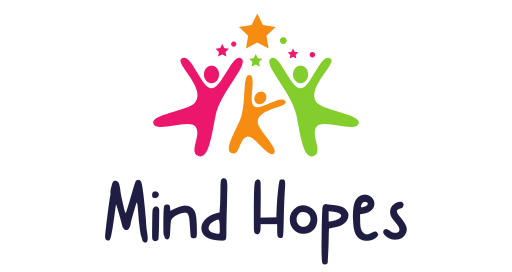Oral Intervention
Oral Intervention for Speech, Feeding, and Swallowing
Oral Intervention focuses on therapeutic techniques to address difficulties in speech, feeding, and swallowing, helping individuals improve these essential oral functions. Tailored to the specific needs of each person, these interventions are particularly beneficial for individuals with speech and feeding difficulties, developmental disorders, neurological conditions, or structural anomalies like cleft palate.
Oral intervention enhances communication, ensures safe swallowing, and improves feeding skills, leading to better quality of life and greater independence.
